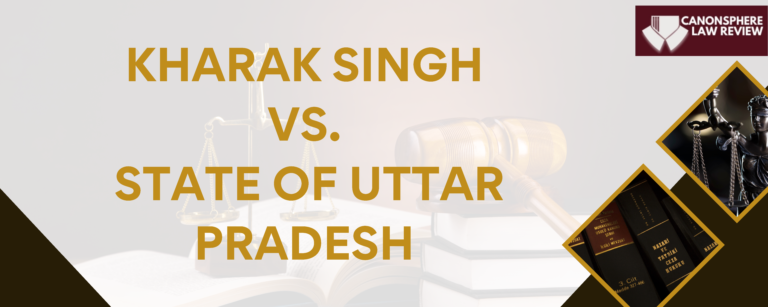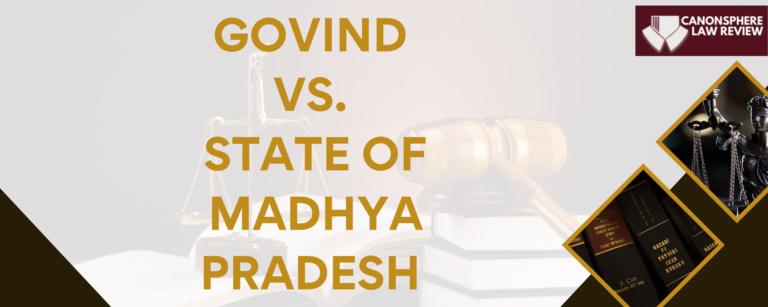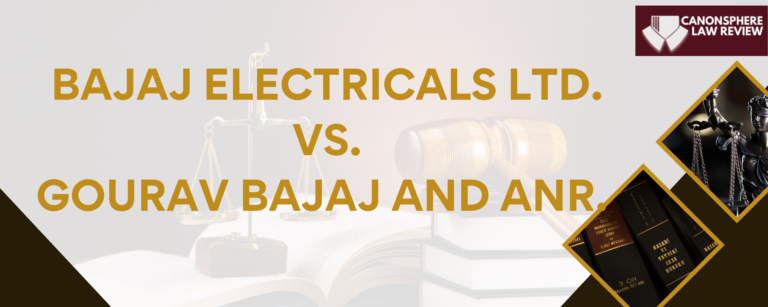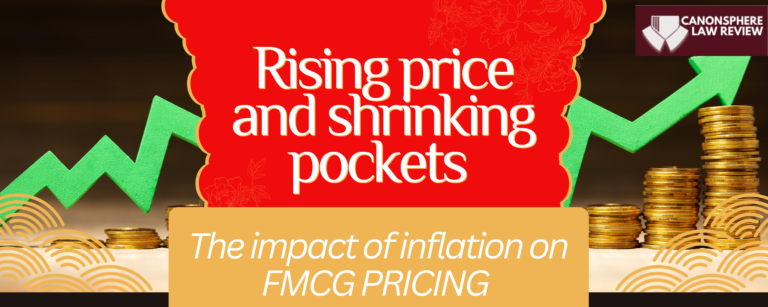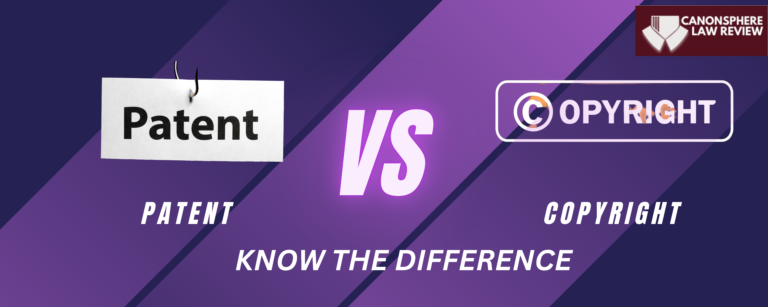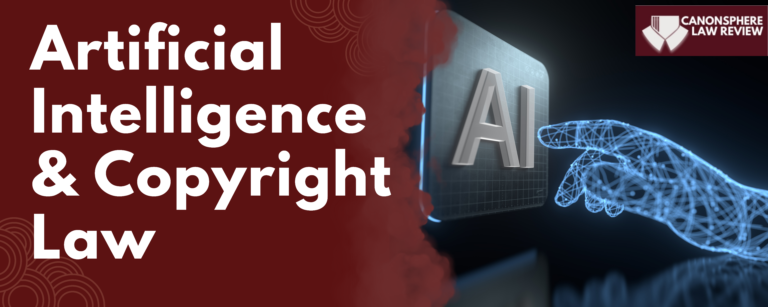This Case Comment has been written by Navya Madhunala. She is a fifth-year BBA LL.B. (Hons.) student at ICFAI Law School. She is an enthusiastic and curious law student who enjoys exploring diverse areas of law through research and legal writing, with a strong commitment to continuous learning and academic growth.
ABSTRACT
The Supreme Court’s decision in Kharak Singh v. State of Uttar Pradesh (AIR 1963 SC 1295) marks a foundational moment in the evolution of personal liberty under the Indian Constitution. The petitioner, subjected to prolonged police surveillance under Regulation 236 of the U.P. Police Regulations, despite no formal charges, challenged the legality of intrusive measures such as night-time domiciliary visits. The Court struck down the clause permitting such visits, holding it violative of Article 21, as it infringed upon an individual’s dignity and peaceful existence within their home. However, it upheld the remaining surveillance provisions, reasoning that mere observation or inquiries, without physical restraint, did not violate the rights to movement or association under Article 19.
Crucially, the majority declined to recognize privacy as a constitutionally protected right, citing its absence from the express language of Part III. In contrast, Justice Subba Rao’s dissent asserted that personal liberty under Article21 necessarily includes the right to privacy and freedom from unwarranted surveillance. Though not accepted at the time, his interpretation laid the intellectual groundwork for the later recognition of privacy as a fundamental right in Justice K.S. Puttaswamy v. Union of India (2017). Kharak Singh thus remains a pivotal case in India’s constitutional journey toward safeguarding individual autonomy and dignity.

